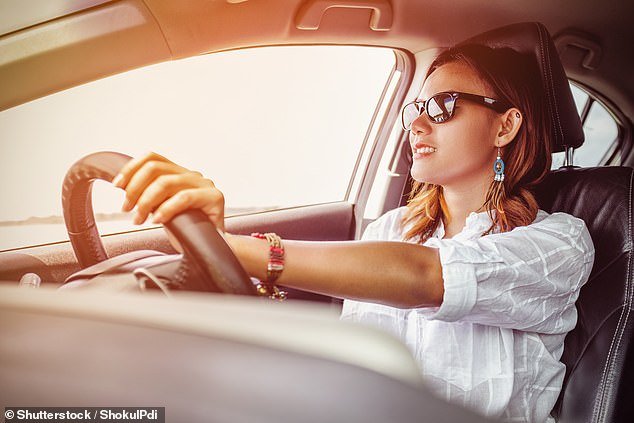The Daily Observer London Desk: Reporter- Sarah Marshal
Autumn is a time of golden leaves and blackberry crumbles – and being dazzled while driving.
Ironically, despite the days getting shorter, the issue of sun glare on the roads is acute during September, October and November as the sun is lower in the sky – and Britons are being warned that wearing the wrong type of sunglasses in response could put them at risk of an accident, and a hefty fine.
It’s not a legal requirement to wear sunglasses in bright conditions, but motorists must take steps to ensure they are not dazzled and that they can see other cars clearly.
Jayne Orme, Associate Solicitor at Fletchers Group, notes that rule 92 of the Highway Code specifies that you ‘must be able to read a vehicle number plate, in good daylight, from a distance of 20 metres’, and Kris Buchanan, from Scullion Law, points out that Rule 237 of the Highway Code states that drivers need to slow down or pull over if they are ‘dazzled by bright sunlight’.
Autumn is a time of golden leaves and blackberry crumbles – and being dazzled while driving
He explains: ‘This implies that if a driver fails to react timeously to the bright sunlight, and is involved in an accident, then this could be considered by police to be “driving without due care and attention”, which could see a driver get offered either a fixed penalty for three points and a £100 fine, or even taken to court [where the fine could be increased significantly]. Thus, it would seem prudent for drivers to wear sunglasses on a sunny day.’
According to figures from the Department of Transport, on average 653 road users are killed or seriously injured each year due to dazzling sun.
So which types of sunglasses are best for sun glare?
According to the AA, sunglasses with ‘filter category two lenses’, which ‘transmit between 18 and 43 per cent of light are recommended for daytime driving’.
Tinted lenses, the motoring organisation explains, are graded according to their tint density, and sunglasses by law should display their filter category number, which will be between ‘zero’ and ‘four’.
The AA says: ‘Filter category four lenses only transmit between three and eight per cent of light and are not suitable for driving at any time.’
Category one lenses are suitable for low sunlight conditions, and category three for bright sunlight.
Categories one to three are not suitable at all for night driving.
Ms Orme adds: ‘Polarised lenses usually have a fixed tint and are specially-designed to reduce glare – particularly effective on light shining off wet roads.
‘It is best to avoid pink, red and blue tints as they can distort colours on traffic lights.
‘It’s always a wise idea to purchase your sunglasses from a reputable supplier, where sunglasses should be branded with a CE, UV400 or British Standard Mark to ensure that they provide sufficient UV protection.
‘Sunglasses that have an anti-reflection coating, along with a hard coating, to prevent your lenses from scratching is also recommended. It’s best to avoid sunglasses with deep side arms as they can block your peripheral vision, which is vital for safe driving.’

Despite the days getting shorter, the issue of sun glare on the roads is acute during September, October and November as the sun is lower in the sky



